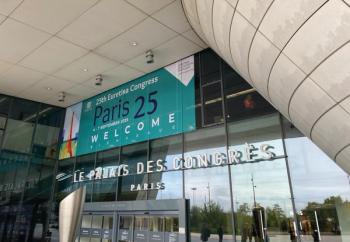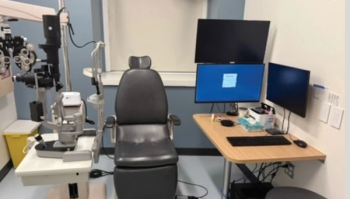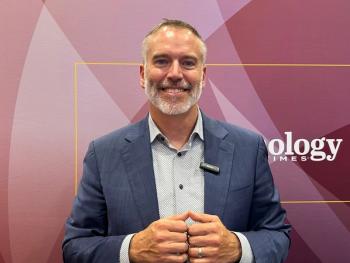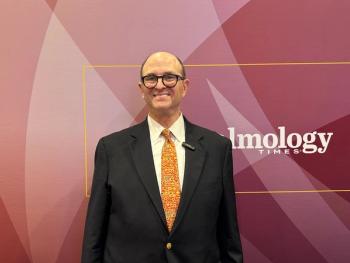
Xeno-free autologous cultivated limbal epithelial transplantation is effective
Using xeno-free autologous cultivated limbal epithelial transplantation has proven to be effective in restoring corneal epithelial stability and improving vision in patients with ocular surface burns
Using xeno-free autologous cultivated limbal epithelial transplantation has proven to be effective in restoring corneal epithelial stability and improving vision in patients with ocular surface burns, according to a paper published in British Journal of Ophthalmology.
Dr Virender S. Sangwan et al., L V Prasad Eye Institute, Kallam Anji Reddy Campus, India, conducted a retrospective study on 200 patients with unilateral total limbal cell deficiency caused by ocular surface burns. Patients were treated between 2001 and 2010 and underwent a small limbal biopsy from the normal eye.
For 10 to 14 days limbal epithelial cells were expanded ex vivo on the human amniotic membrane. This was completed by using a xeno-free explant culture system. The patient's affected eye received cultured epithelial monolayer and amniotic membrane substrate transplantation. The outcome measures included postoperative corneal surface stability, visual improvement and complications.
Of the 200 eyes studied, 142 presented with a fully epithelised, avascular and clinically stable corneal surface with a mean follow-up of 3±1.6 years. In 121 eyes a two-line improvement in visual acuity was found.
The investigation has demonstrated the success of the limbal epithelial transplantation in restoring corneal epithelial stability in patients with ocular burns.
Newsletter
Get the essential updates shaping the future of pharma manufacturing and compliance—subscribe today to Pharmaceutical Technology and never miss a breakthrough.















































